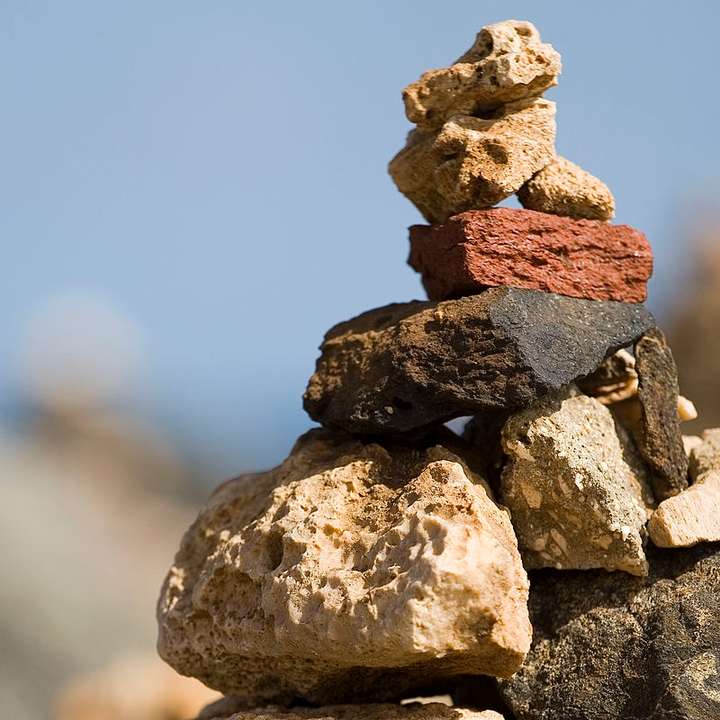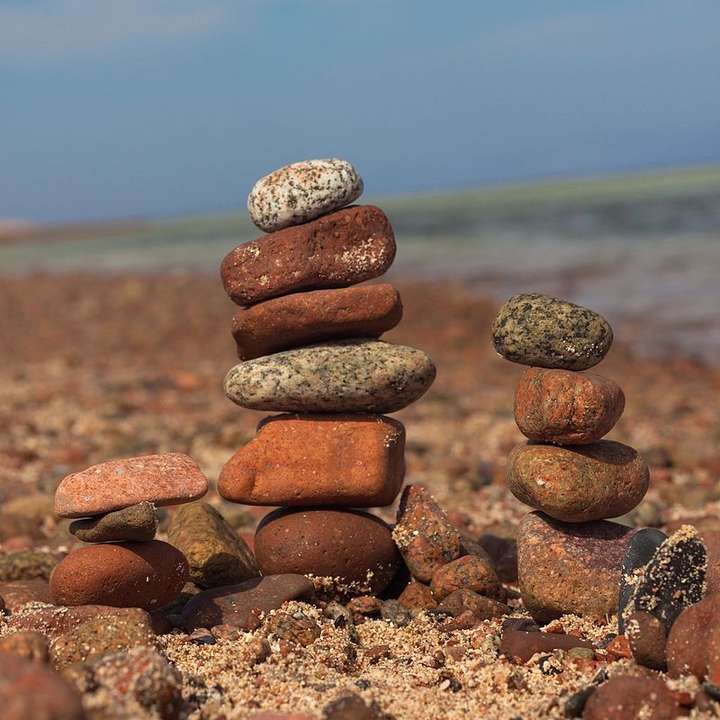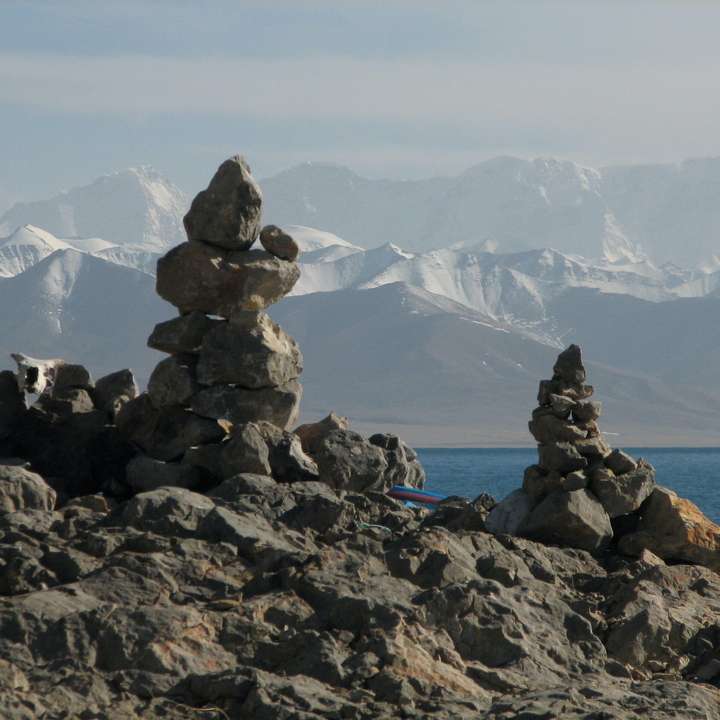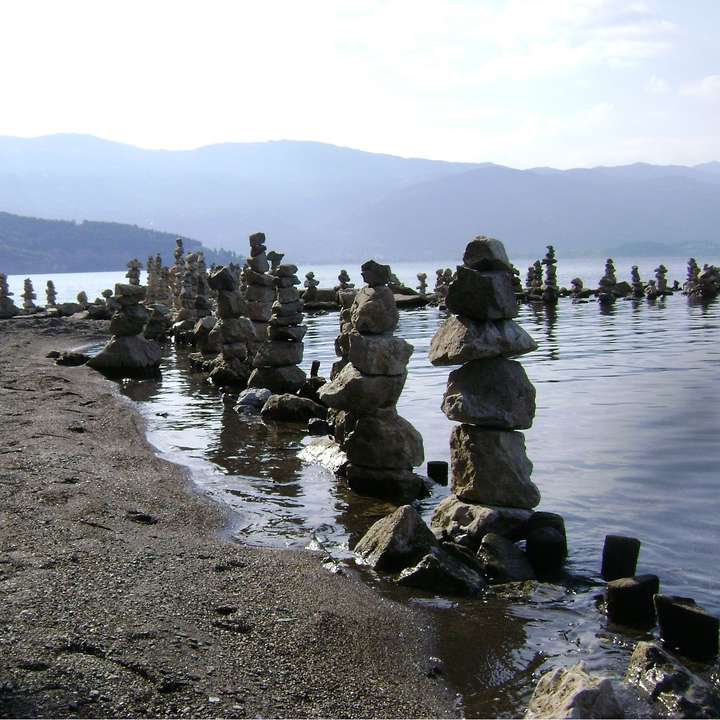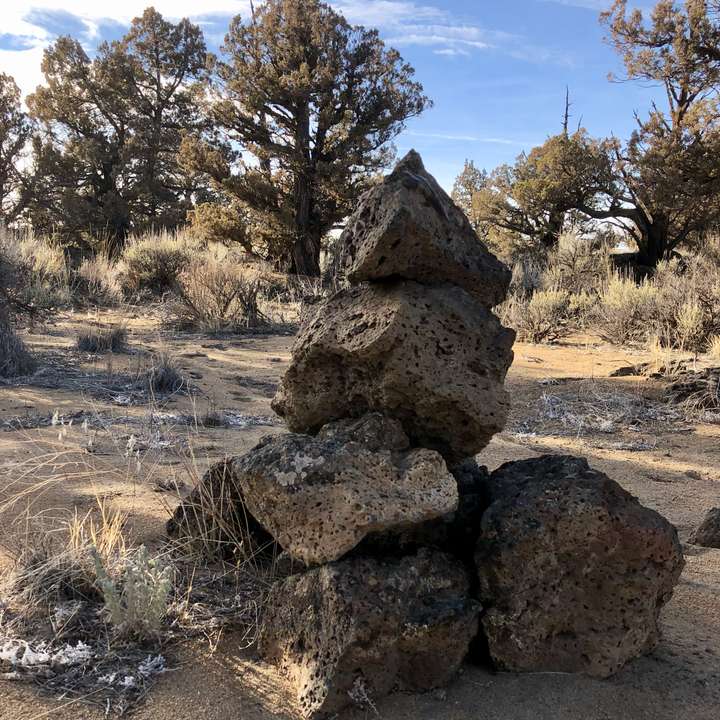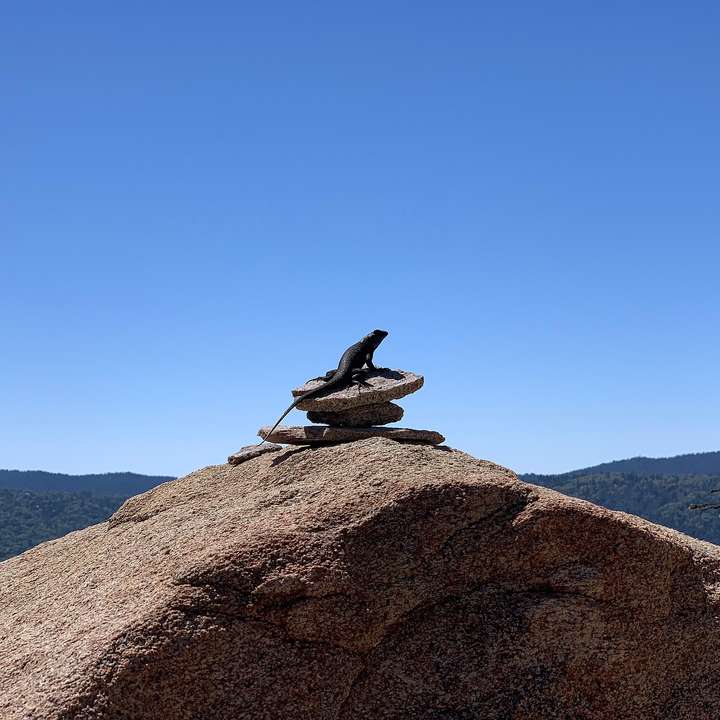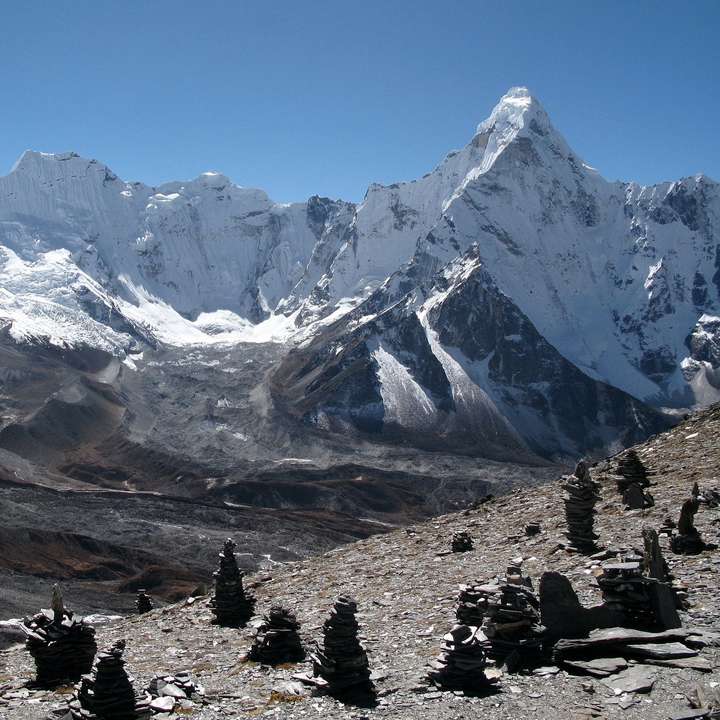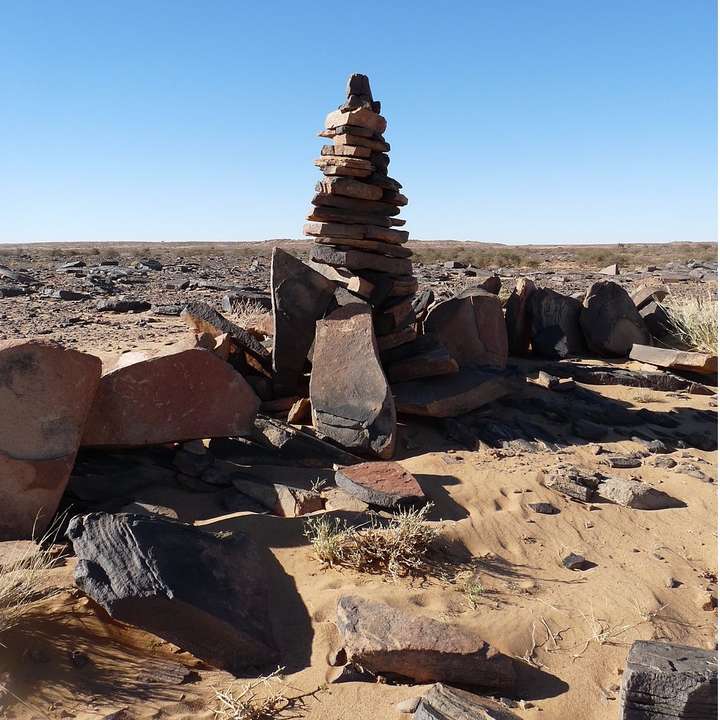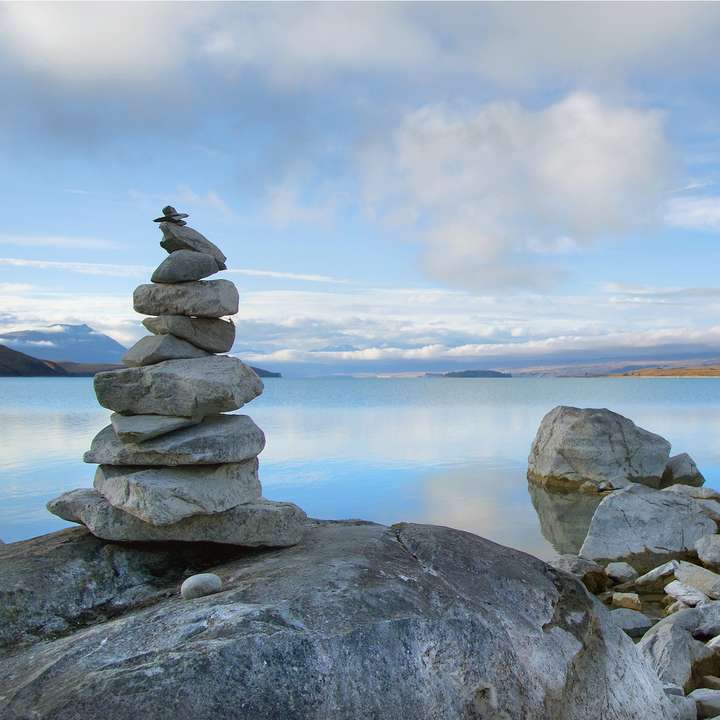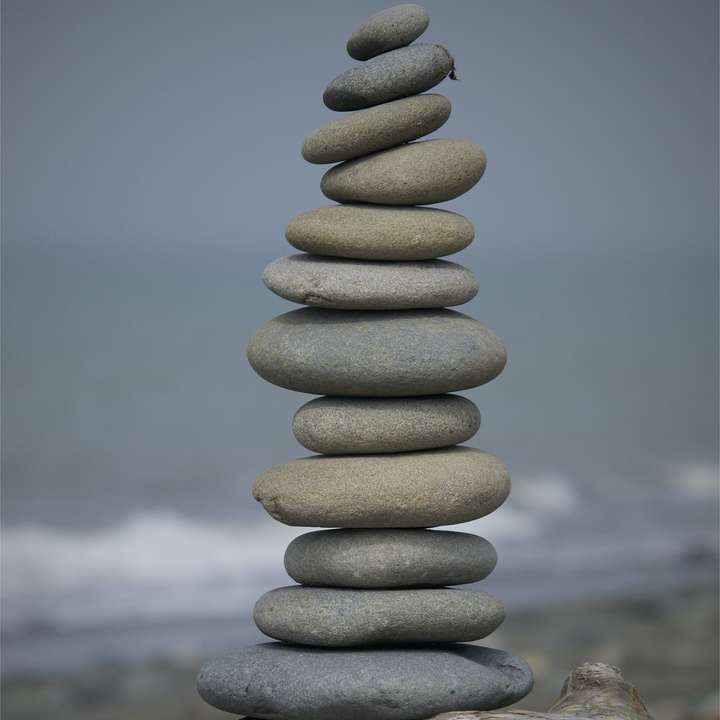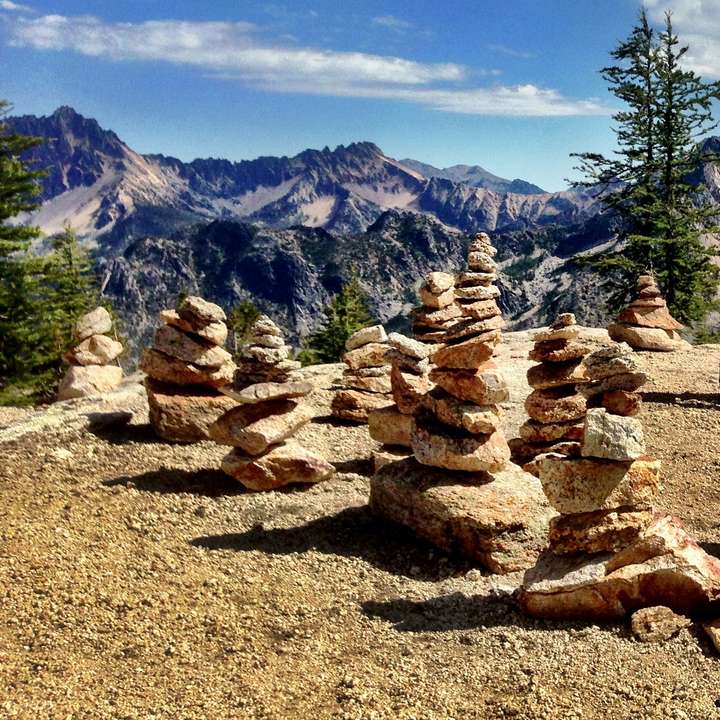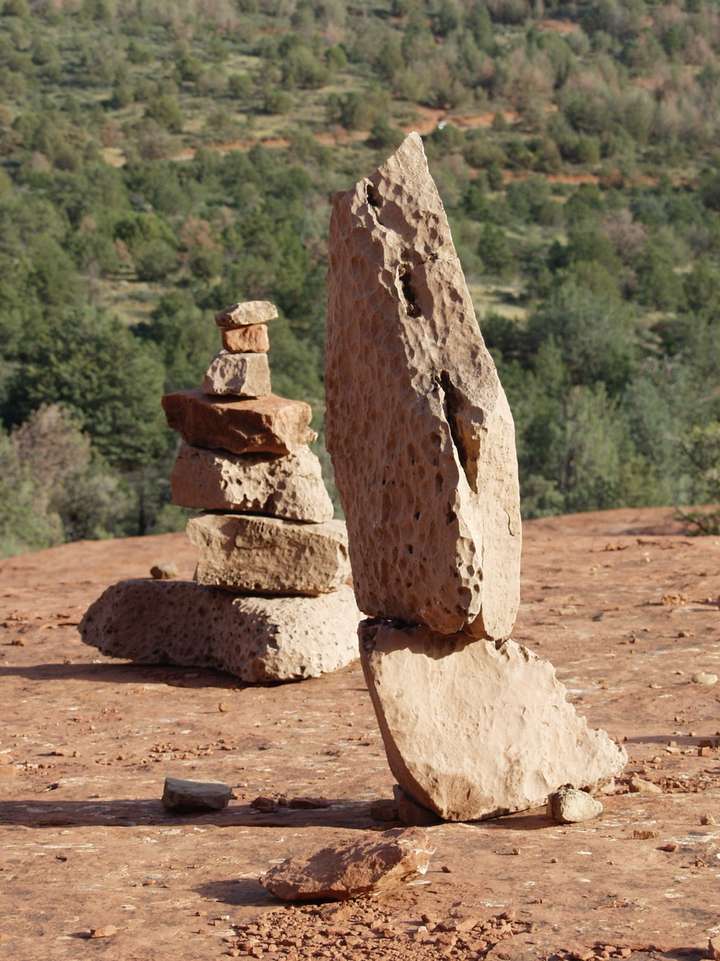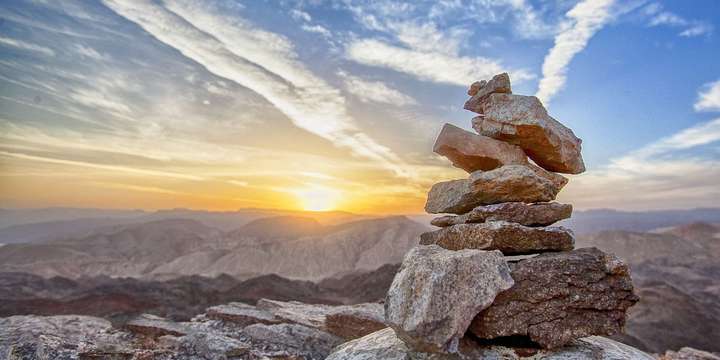Cairns
"A cairn is a group of stones carefully arranged on top of each other. These man-made mounds, used since the prehistoric age, take on a number of roles and have guarded various landscapes for thousands of years, withstanding both the ferocious elements and the test of time."
The journey continues, just follow the cairns...
Addition Info:
Ancient Origins
Cairns were first constructed in prehistoric times, with some of the oldest known examples dating back 4,500 years.These early cairns served various purposes:
* Way-markers: Cairns helped guide travelers along routes and pathways.
* Burial sites: Many ancient cairns marked graves or burial grounds.
* Ceremonial structures: Some cairns held religious or cultural significance.
In Scotland, a tradition developed of climbers adding a stone to the cairn at a mountain's summit, while returning soldiers would remove a stone to signify their survival. Across northern Europe and North America, indigenous cultures used cairns to mark gravesites. In Peru, they were built as shrines.
Evolution and Spread
As civilizations developed, so did the uses for cairns:
* Navigation: Scandinavian and Icelandic cultures used cairns as trail and sea markers.
* Hunting: In Norse Greenland, cairns were used to create "lanes" to direct reindeer towards hunters.
* Mythology: Ancient Greek legends associated cairns with Hermes, the god of travel.
* Territorial markers: In the Middle East, cairns were used to demarcate borders between tribes.
Modern Uses
Today, cairns continue to serve important functions, particularly in outdoor recreation and navigation:
Hiking and Trail Marking
Cairns remain crucial for hikers, especially in areas with indistinct trails. They act as waypoints, guiding trekkers through challenging terrain:
1. In alpine tundra zones or boulder fields, cairns help maintain direction when paths are unclear.
2. The Presidential Range in New Hampshire's White Mountains features impressive cairns that aid navigation in severe weather conditions.
Artistic Expression
Some modern cairns are built purely for aesthetic purposes, though this practice is controversial:
* Artistic cairns in hiking areas can potentially mislead trekkers.
* Unauthorized cairn-building is often illegal in national parks and protected areas.
Cultural Significance
In some regions, cairns continue to hold cultural or spiritual meaning:
1. The Three-Country Cairn marks the tripoint border of Norway, Sweden, and Finland.
2. Some indigenous communities maintain cairns as part of their cultural heritage.
